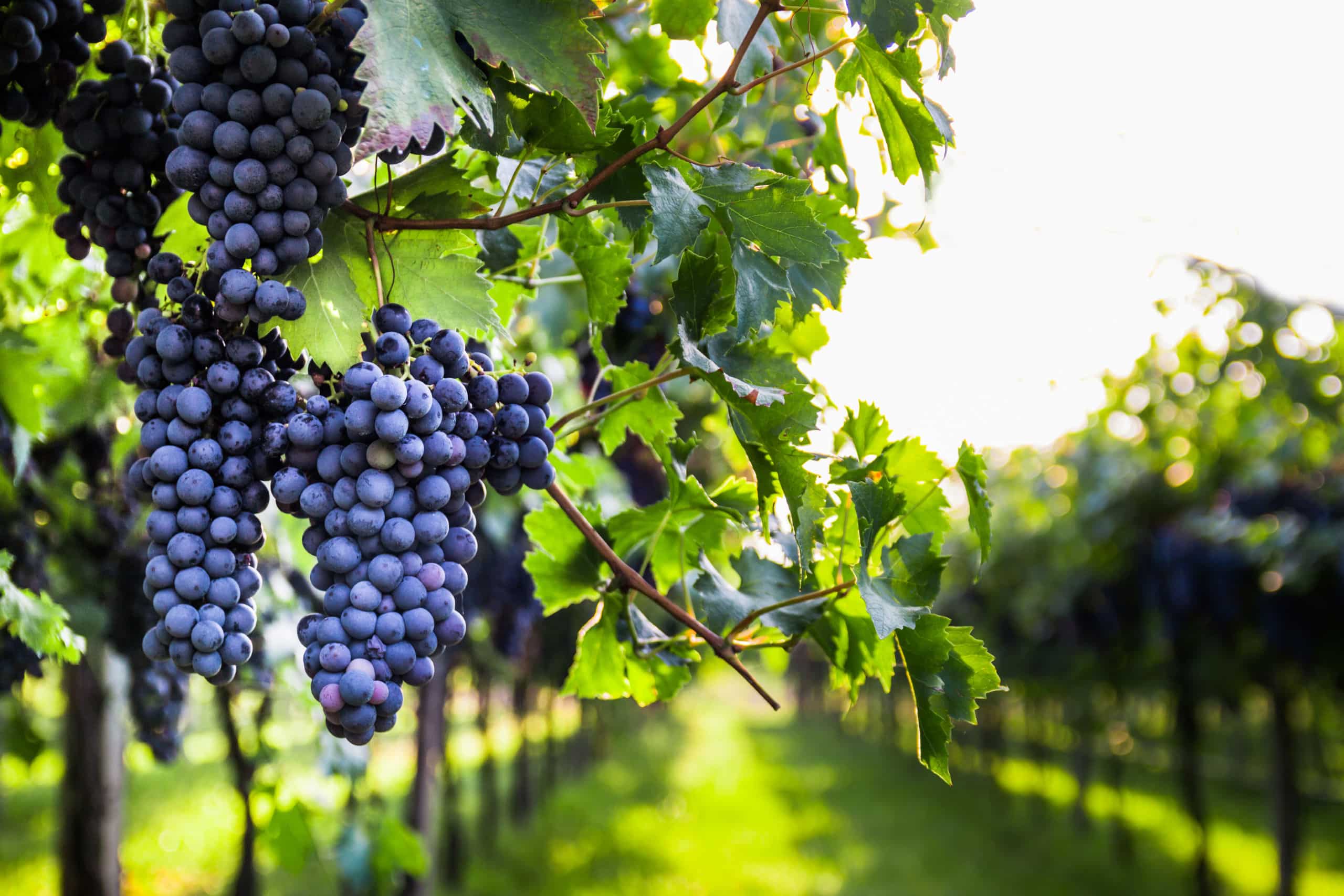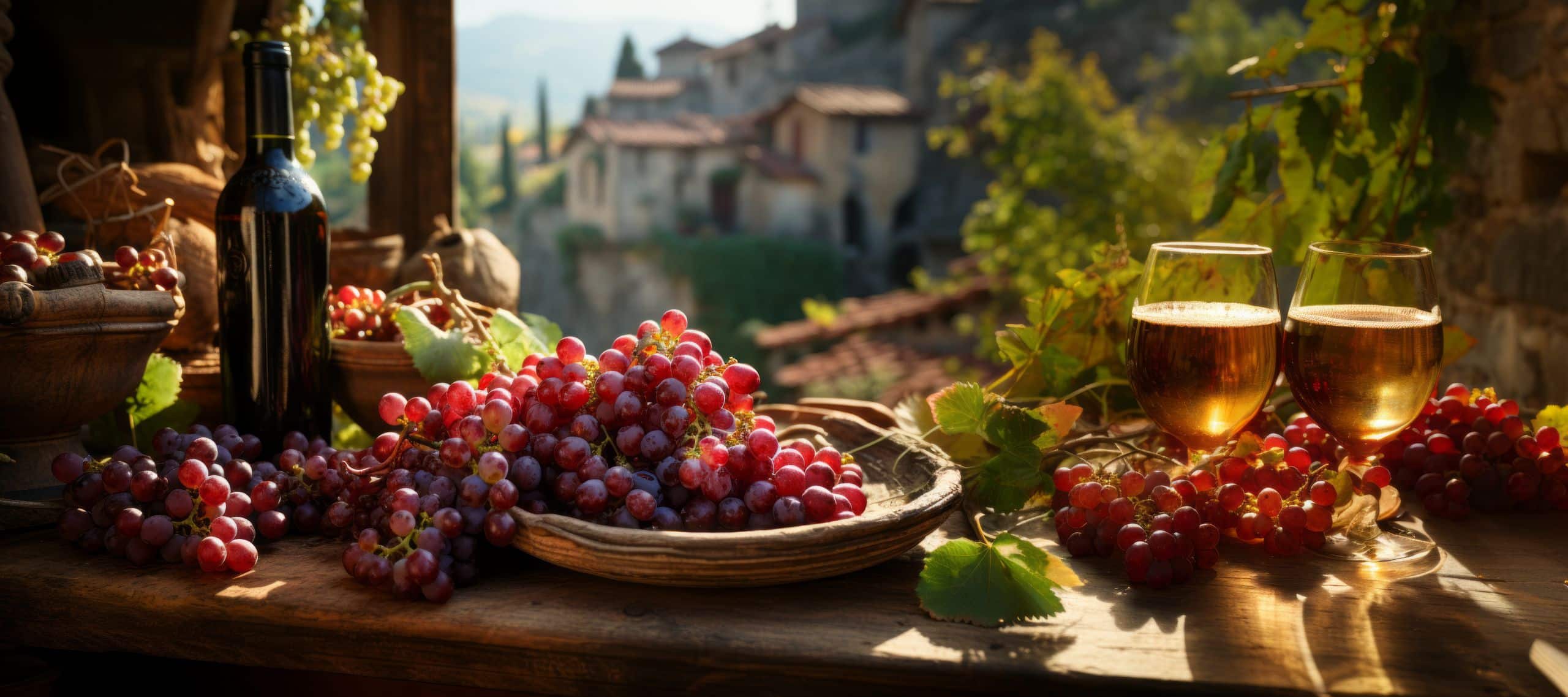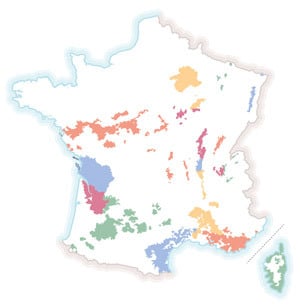
Contents
We talk a lot about wine, but we’ve never asked ourselves what its matrix is made of: vitis vinifera, or vine. Let’s take a look at the anatomy of the different parts of the vine.
The vine is made up of two major parts: its stock and its bunches.
The vine stock
The vine, whose scientific name is vitis vinifera, is a member of the Vitaceae family. Vitaceae are dicotyledonous plants. almost all of which are lianas or shrubs. The vine is a sarmentose shrub that grows by climbing and clinging to supports with tendrils. Tendrils are small, spiraling stems, the appendages that enable the vine to cling to the support provided by the winemaker.
The base of the vine stock has special roots. The roots of French vines were highly vulnerable to phylloxera, an aphid that ravaged them from within, so they were replaced in the early 20th century by more resistant American vines.
Vine roots can penetrate deep underground. As a result, vines are highly resistant to heat, and depending on the climate, can draw water from several meters underground. Here’s an example of the balance between root mesh and accessibility to water reserves:
- Clay soils are poorly aerated, so roots remain on the surface at a depth of less than a meter. The water is strongly retained and feeds the vines well in dry periods; in rainy periods, the supply is not excessive because the roots are not numerous and when it rains, the clay swells and the water runs off the surface.
- Calcareous and asteriated soils regulate water supply by storing it and releasing it to the roots in dry periods, and by having rapid drainage properties in periods of heavy rain.
- Soils on gravelly-sandy alluvium contain little clay and retain water poorly, but the roots sink much deeper (3 to 7 meters) and the vines resist drought well. The soils are highly impermeable during periods of heavy rainfall.
At the other end of the vine is the shoot. The leaves and bunches of grapes come from the vine shoot. The shoot divides into several peduncles (a sort of finger-like arm) which are connected to the stalks, each of which forms a cluster. A multitude of grapes are produced from the bunch.
Grape anatomy
Grapes are made up of three parts: the skin, the pulp and the seeds.
In general, the pulp is colorless and the flesh white.
The grape skin is the fruit’s envelope. It is this pigment that gives the wine its color. The film has an epidermis (a kind of varnish) covered with bloom, which protects it from yeasts thanks to its impermeability. It also has a hypodermis containing tannins, flavones…
Grape seeds contain tannins. They are very important in wine-making, as they add a dose of astringency through their strong bitterness. Depending on the grape variety, there are 2 to 4 per berry. The seeds are also rich in oils and phenols. They must not be crushed during pressing.
The stalk, which forms the grape cluster, is also rich in tannins but may contain aromas that are disruptive to the wine. The grapes are often destemmed before vinification.
Photo by Mika Baumeister / Unsplash




